Edgar Degas: A Master of Impressionism and Modern Realism

The art world is replete with talented individuals whose works have imprinted an indelible mark on the canvas of history. Among the luminaries of the Impressionist movement is Hilaire-Germain-Edgar De Gas, known professionally as Edgar Degas. Degas' distinctive approach to painting, sculpture, and draftsmanship has captured the admiration of art enthusiasts and scholars alike. This article delves into the life, work, and enduring legacy of Edgar Degas, an artist whose contributions continue to resonate in the realm of fine arts.

Early Life and Formative Years:
Born in Paris, France, on July 19, 1834, Edgar Degas was the eldest of five children in a wealthy banking family. Degas initially pursued law studies to please his father but soon veered towards his true passion for art. He trained at the École des Beaux-Arts in Paris and travelled to Italy to study the Renaissance masters, where he honed his skills by copying the works of Michelangelo, Leonardo da Vinci, and Raphael.
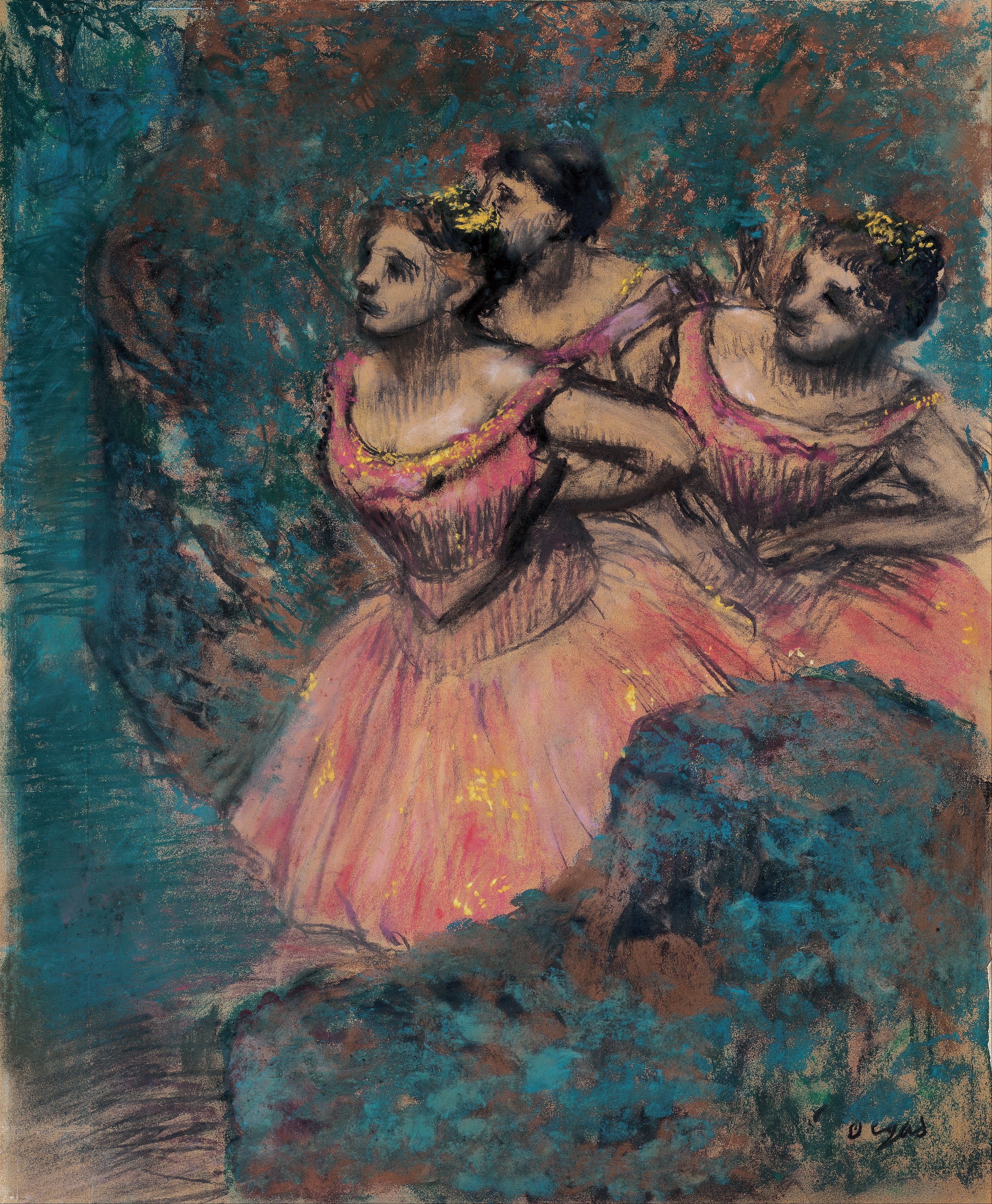
Developing a Unique Style:
Upon returning to Paris, Degas began his artistic career as a historical painter. However, his interests evolved, and he became enraptured with contemporary life. His early masterpieces, such as "The Bellelli Family" and "The Absinthe Drinker," demonstrated his inclination towards capturing the human figure in its varied forms and psychologies. Degas was particularly interested in the dynamics of movement, which would become a central theme in his ballet dancer series.
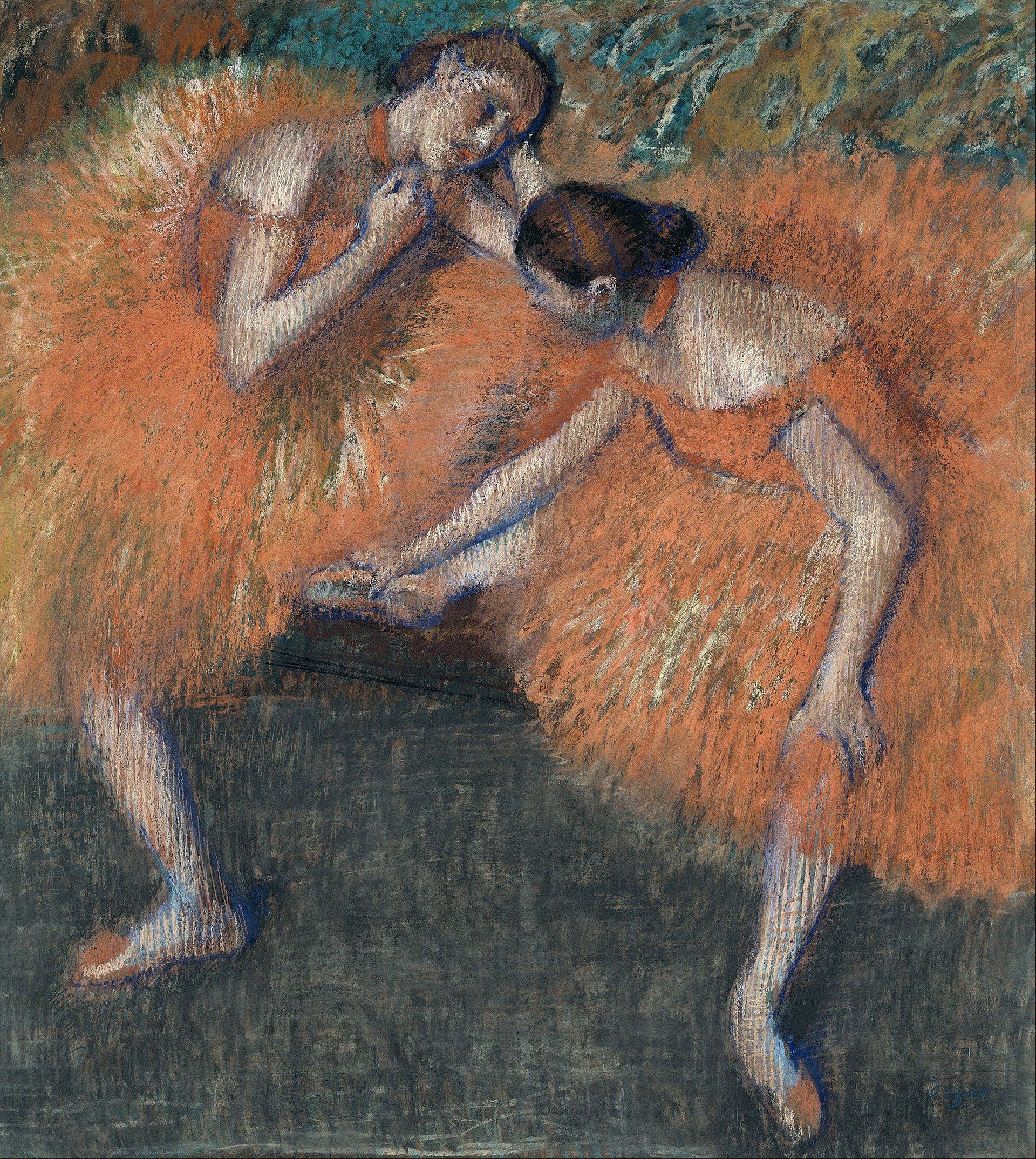
Contribution to Impressionism:
Though Degas is often associated with the Impressionists due to his involvement with their exhibitions, he preferred to be called a realist. He differentiated himself with his precise drawing skills and a darker palette compared to his more vividly colored contemporaries. However, his innovative use of light and composition, along with his propensity to depict modern life, aligned him closely with the Impressionist ethos.
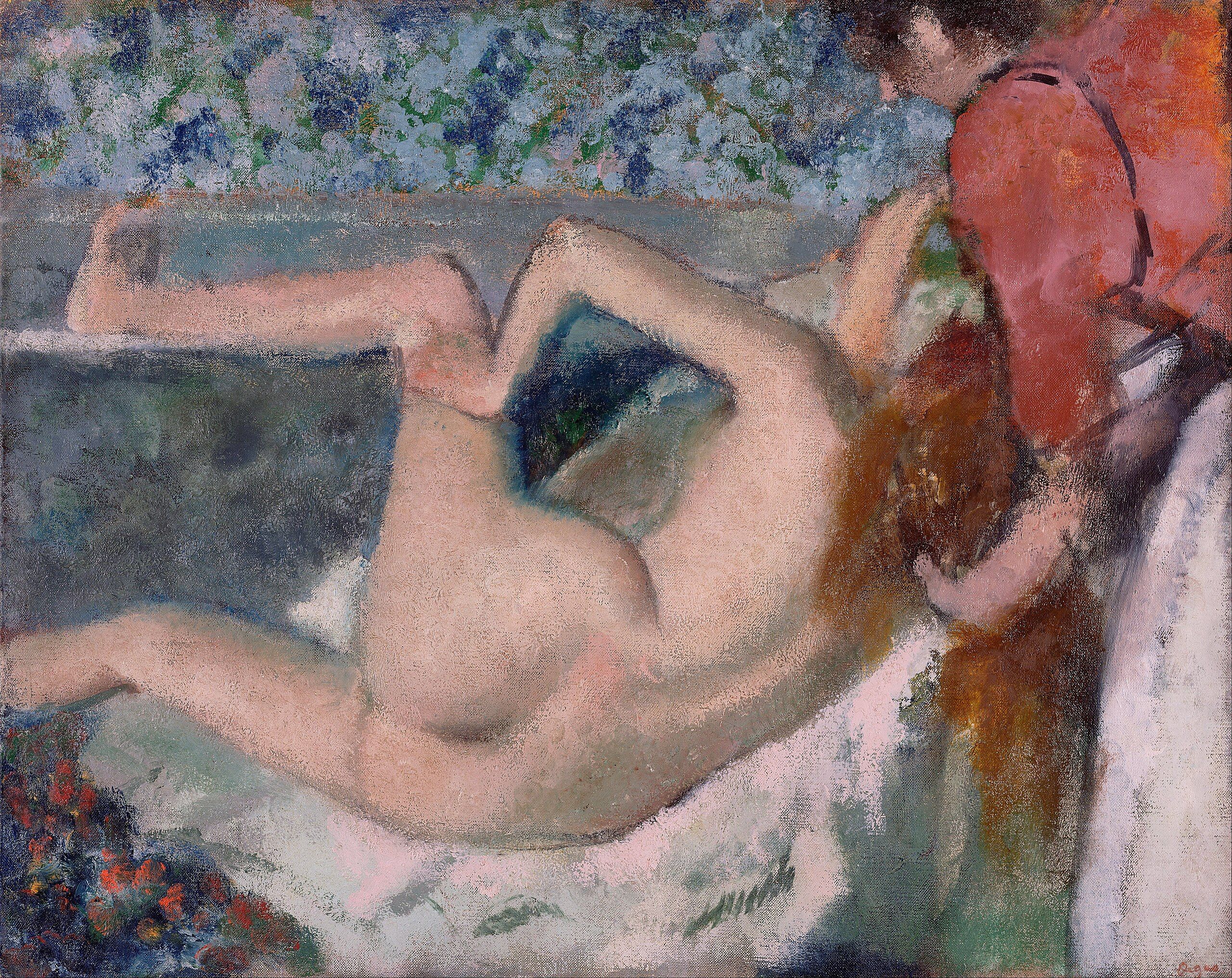
Pivotal Works and Series:
Degas’ oeuvre encompasses an array of subjects including racehorses, ballerinas, and the female form. His ballerina series, which includes "The Dance Class" and "The Ballet Rehearsal on Stage," reflects his fascination with motion and his ability to convey the grace and discipline of dance. Degas' pastel work was dynamic and deeply expressive, exemplified by the vivid colors and deft strokes in pieces like "Blue Dancers."
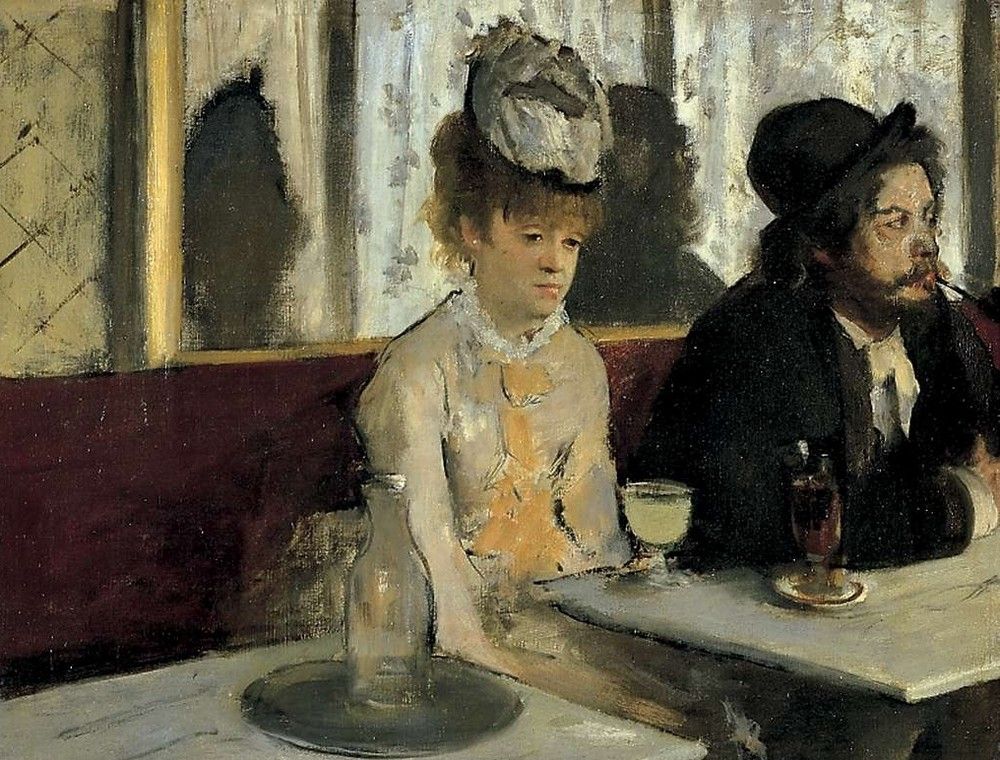
Sculptures and Other Mediums:
Degas was as versatile as he was skilled. He extended his talents to sculpture, producing "Little Dancer Aged Fourteen," a work that caused controversy at the time due to its remarkably realistic portrayal but is now considered a pioneering piece of modern sculpture.
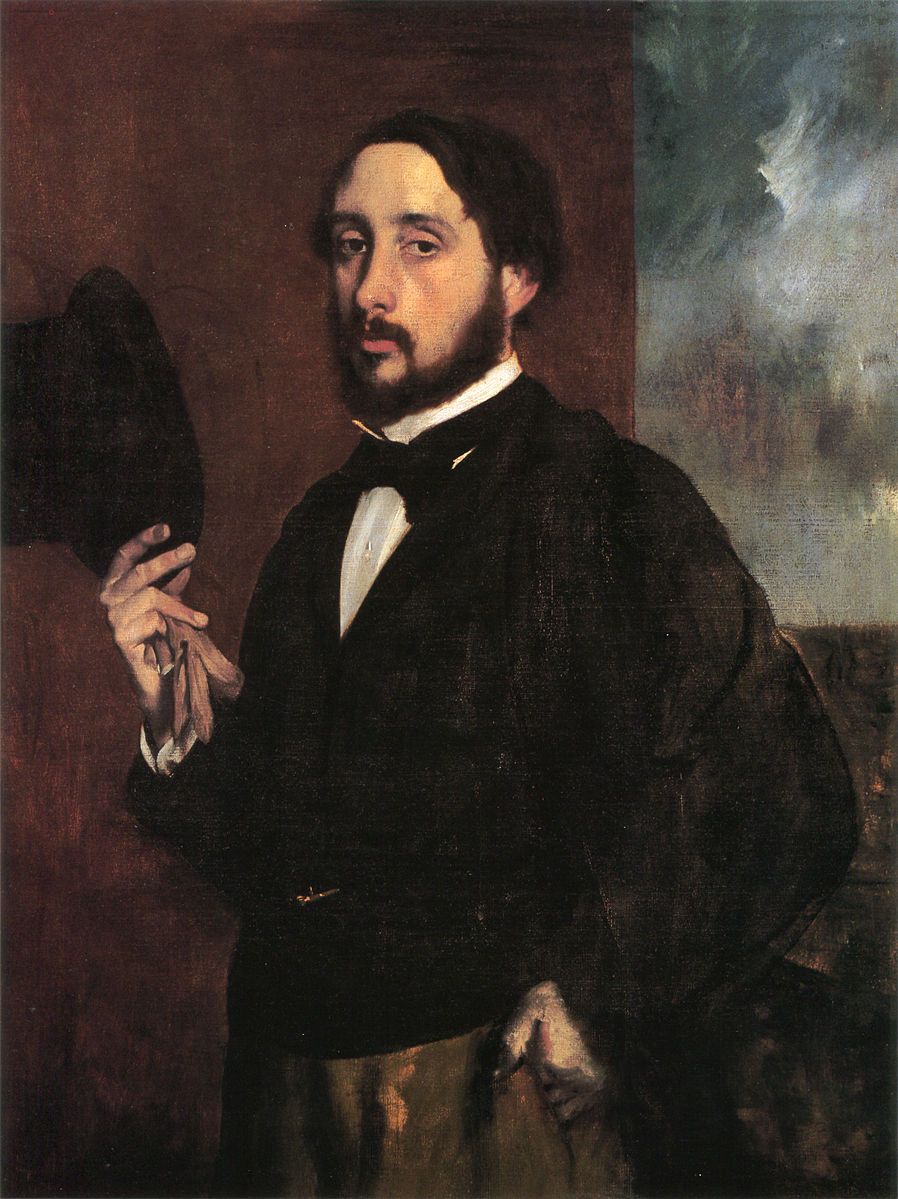
Later Years and Legacy:
In his final years, Degas faced failing eyesight but continued to create, turning to more tactile mediums like pastel and sculpture. He became an isolated figure, but his work continued to evolve, becoming more abstract and expressive. Degas passed away in Paris on September 27, 1917, leaving behind a substantial body of work that would influence future generations.
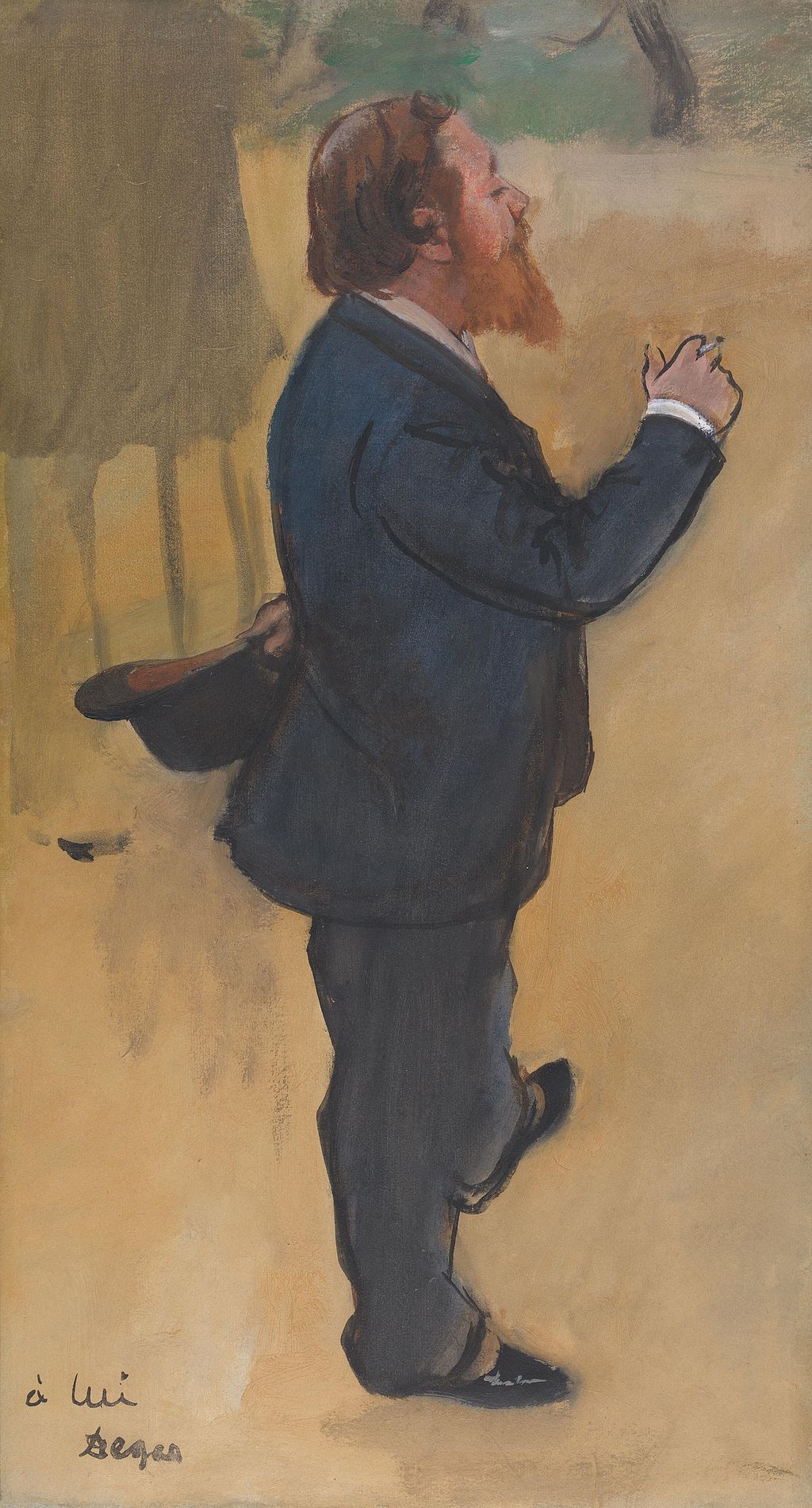
Degas' legacy is cemented by his unique merger of classical discipline with avant-garde vision, rendering ordinary moments with extraordinary poise. Art institutions around the world celebrate his creativity and innovations that reshaped the landscape of 19th-century art. Today, art lovers continue to be captivated by Degas' probing study of movement and the human form, while scholars dissect his complex interplay of light, color, and shadow.
Edgar Degas remains one of the quintessential figures in the canon of Impressionism and a trailblazer of modern art. His work is a testament to the beauty in everyday life, the elegance of movement, and the expressive power of the brushstroke. A visit to any major museum with a Degas in its collection offers a glimpse into the world of a master who saw the stage of life and immortalized it with an artist’s discriminating eye and deft hand.